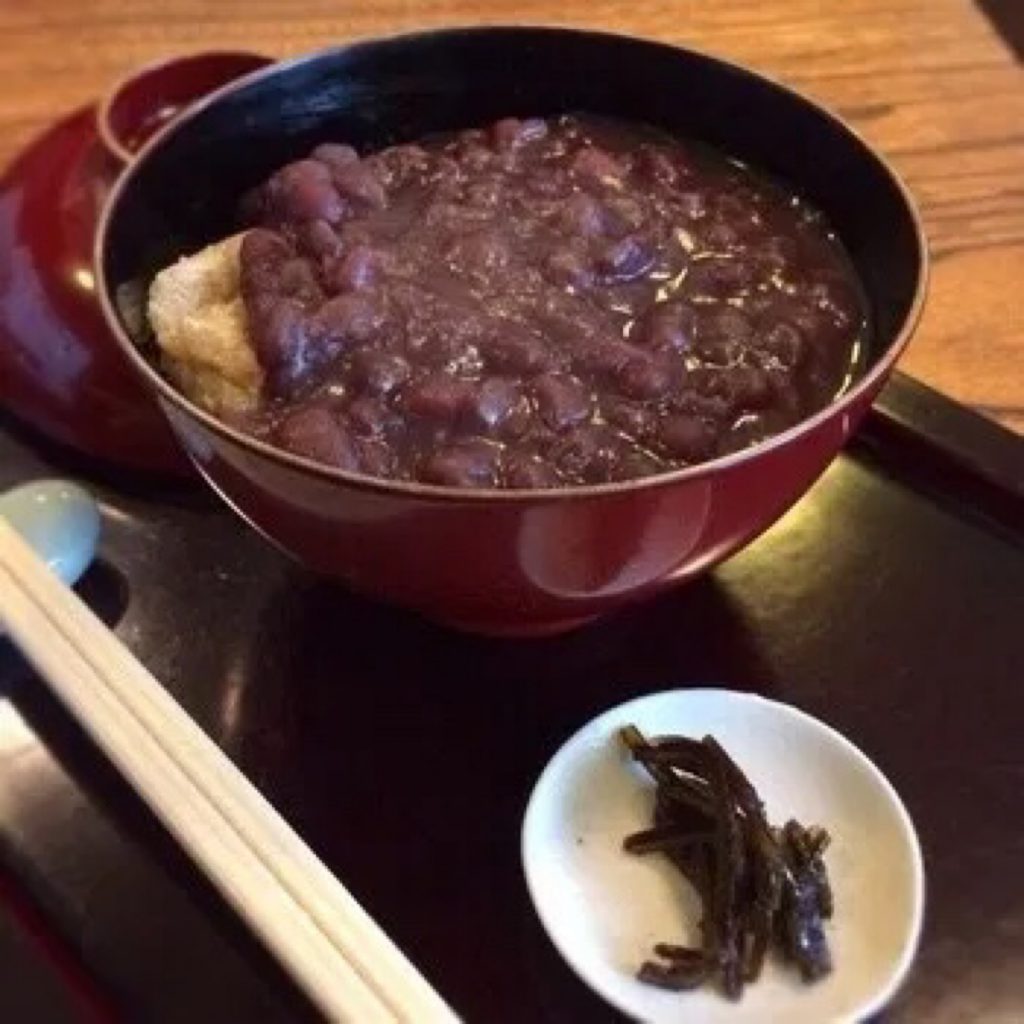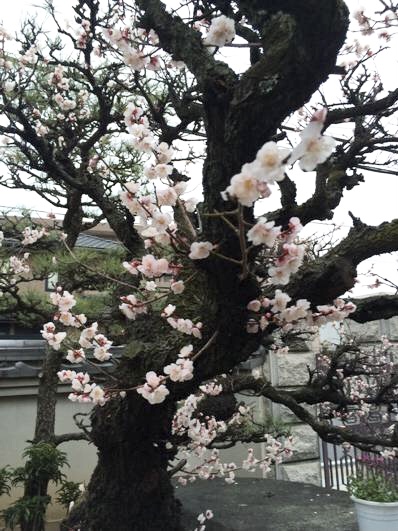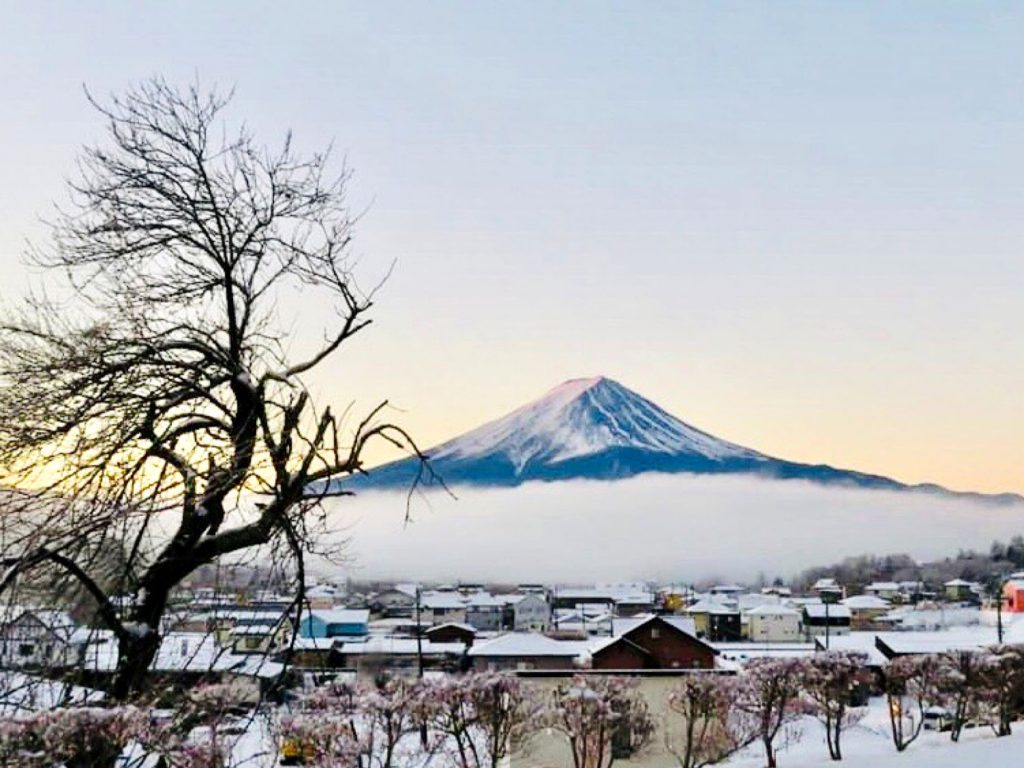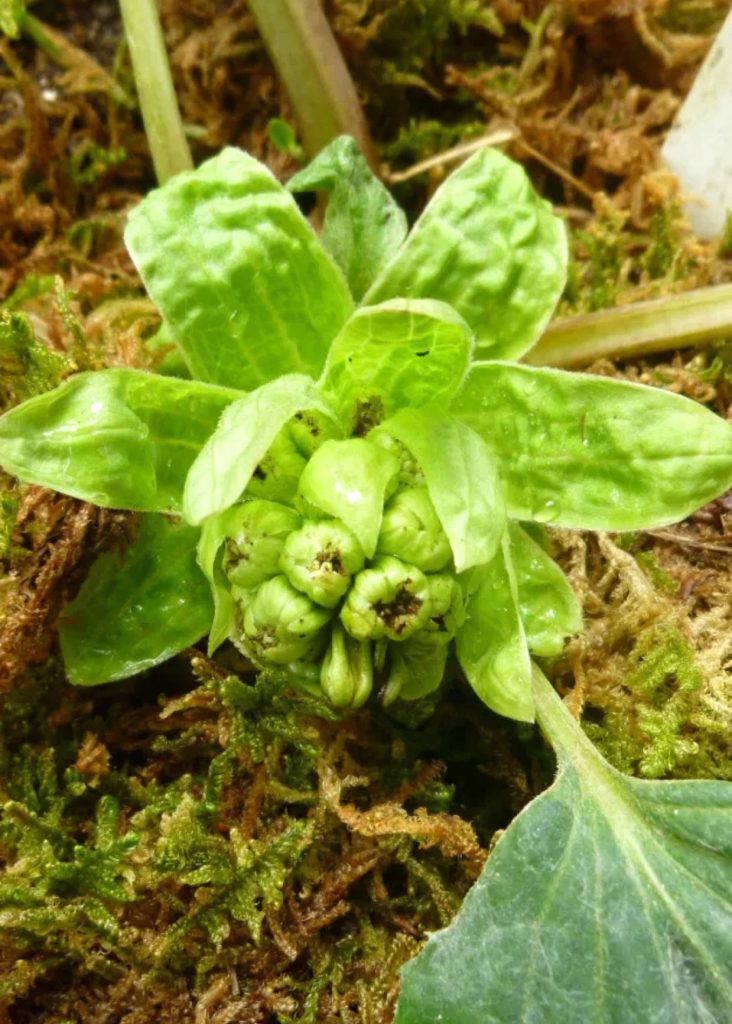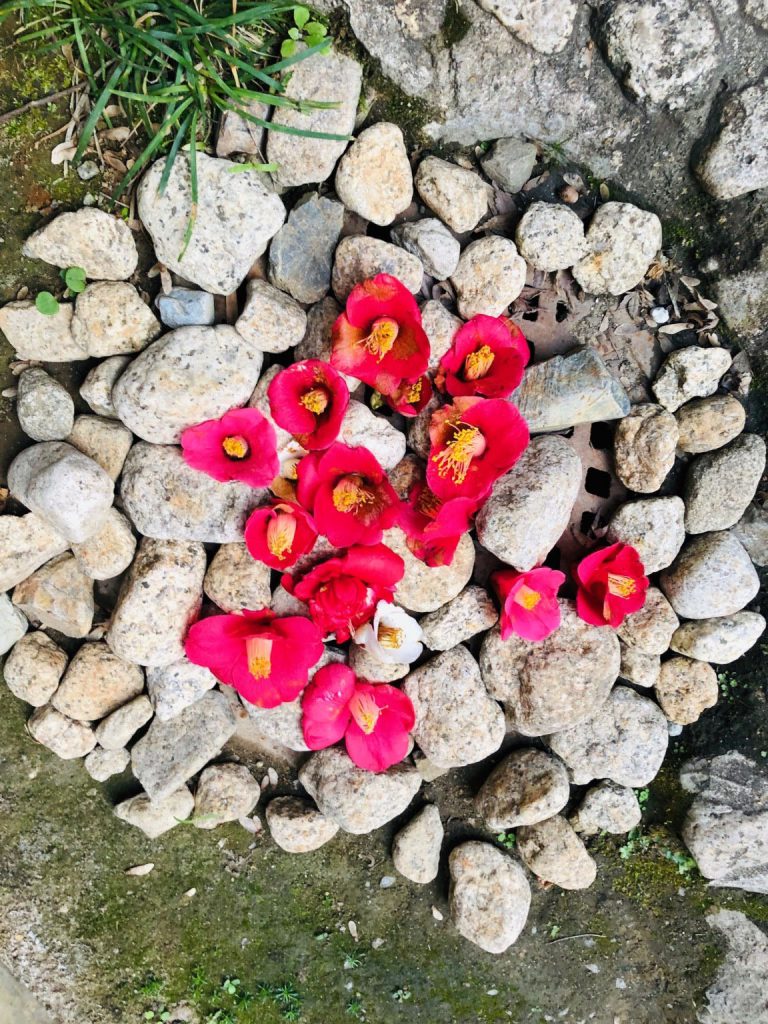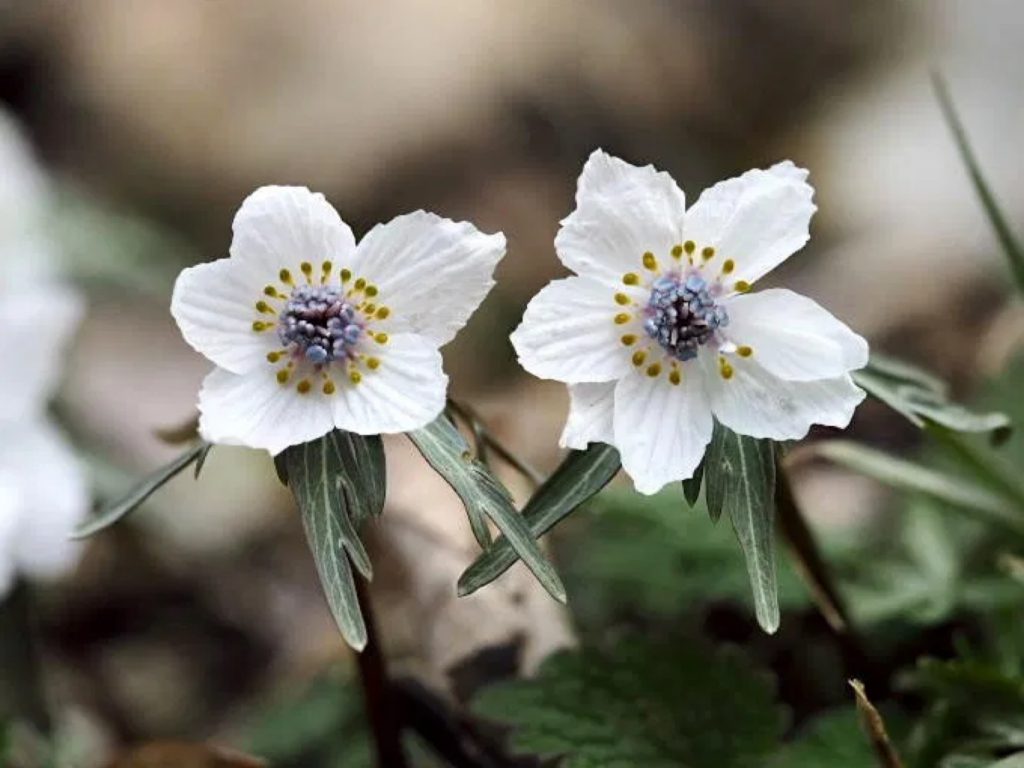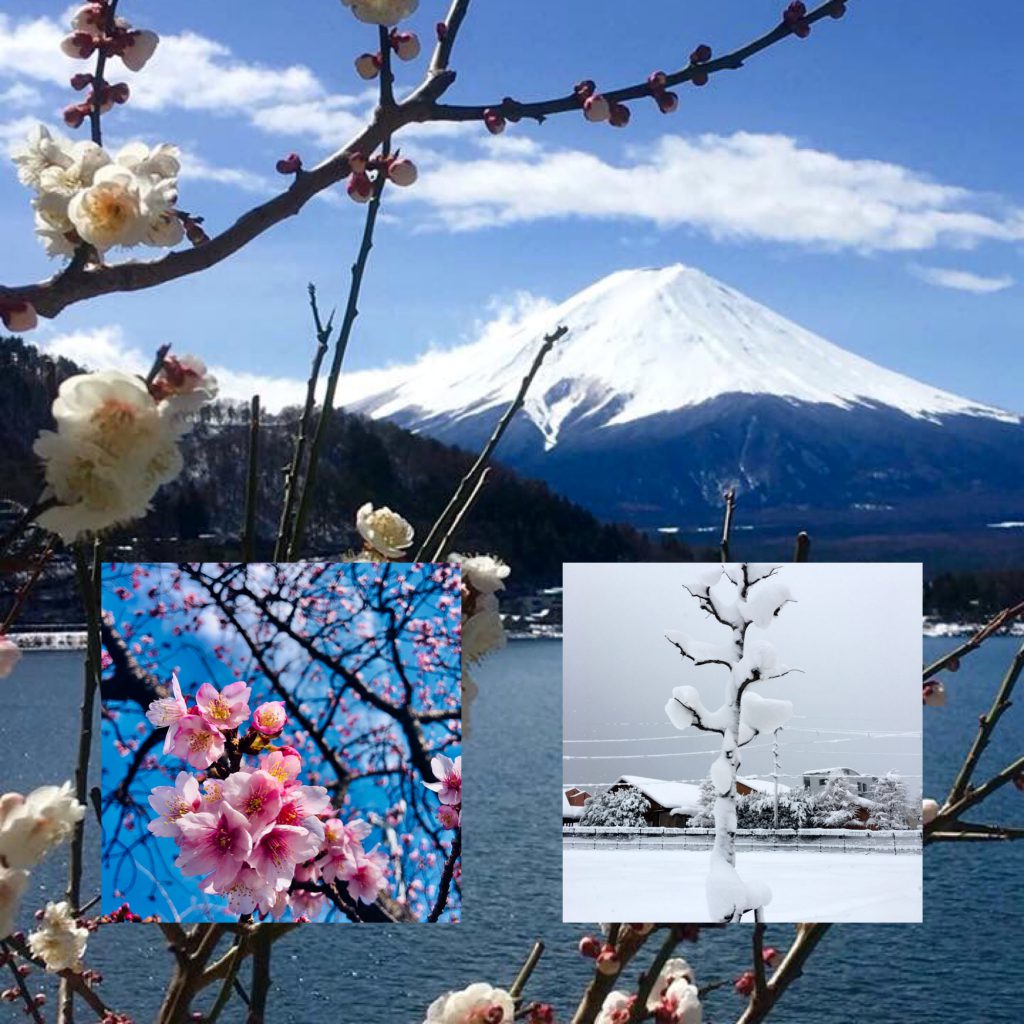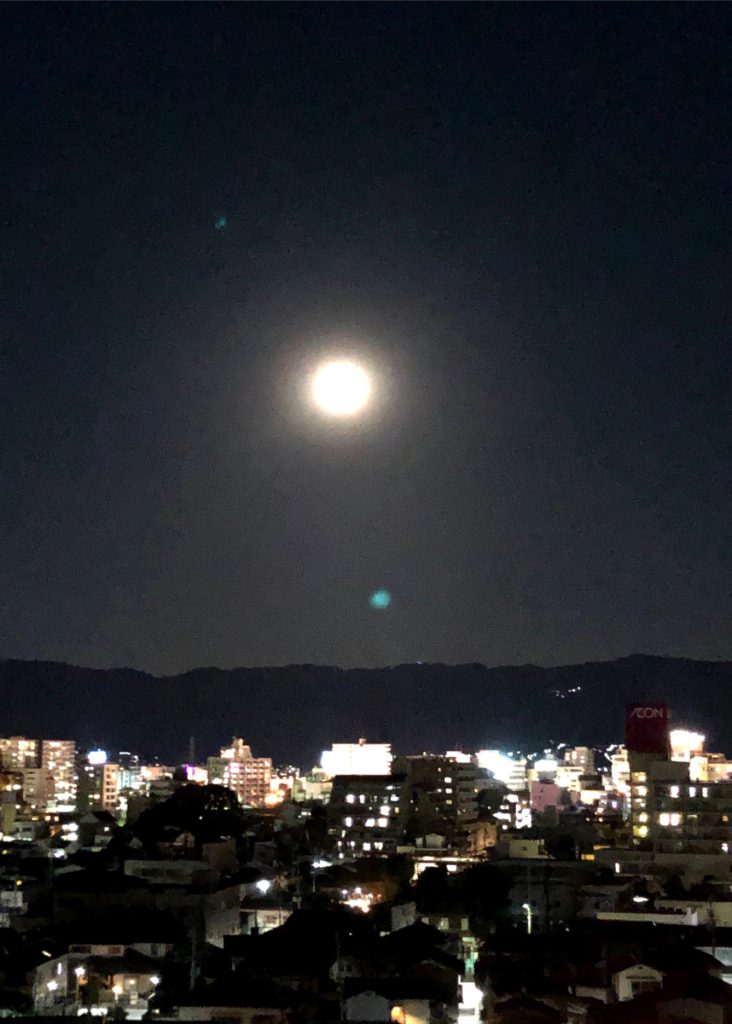
The Wolf Moon is the full moon observed in January. This year’s Wolf Moon is from January 29th to the next morning. It comes from that Indigenous peoples of the United States called the full moon of January the Wolf Moon, because they heard the howls of wolves that were hungry without food and entered the breeding season in January, when the harsh winter continues. I’m sure people all over the world are watching. People who are suffering from corona wreckage, hungry people, people who endure loneliness, I think as if I can hear their voices that are similar to howling a wolf. In the streets of Japan, the number of people coming and going is reduced at 8 pm. Ironically, in the night sky of the city where the lights are off, the brighter Wolf Moon illuminates the whole sky and the feet of those who rush the night road.
ウルフムーンとは、1月に観測される満月のことを言います。今年のウルフムーンは1月29日から翌朝にかけてです。厳しい冬が続く1月に、食料が尽きてお腹を空かせたり、繁殖期を迎えたりする狼の遠吠えが聞こえることから、アメリカの先住民達が1月の満月をウルフムーンと呼んだことに由来します。きっと世界中の人が見詰めています。コロナ禍に苦しんでるいる人、飢えた人、孤独に耐えている人、狼の遠吠えにも似た声が聞こえて来そうです。日本の街中では、夜8時にもなれば人の行き来が、さすがに少なくなります。明かりも消えた街の夜空には、皮肉なことに、いっそう明るいウルフムーンが全天を照らし、夜道を急ぐ人達の足元も照らしています。

